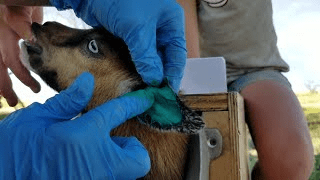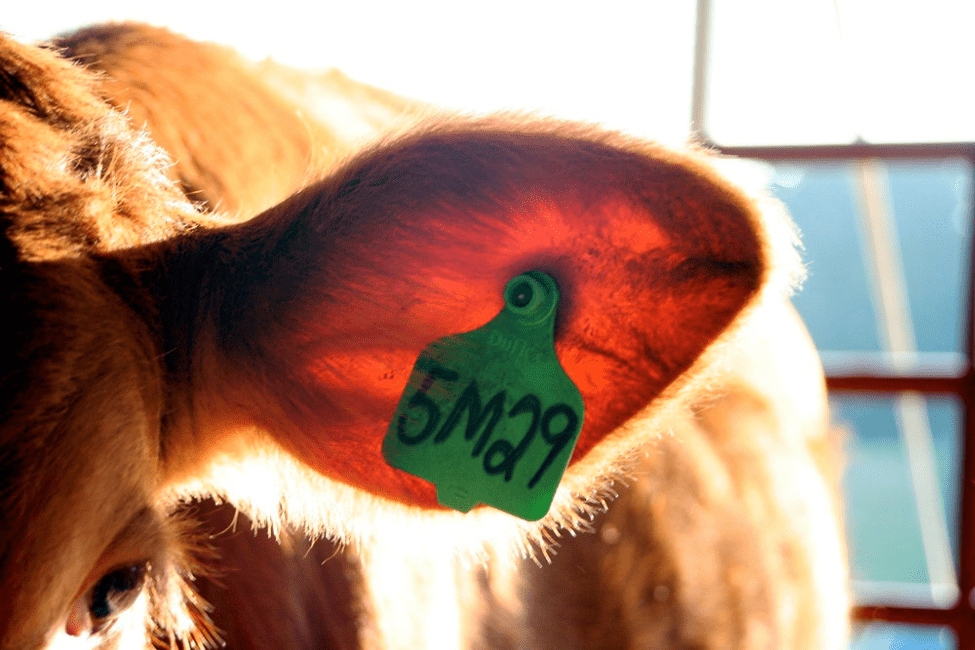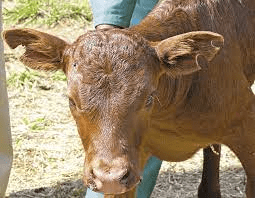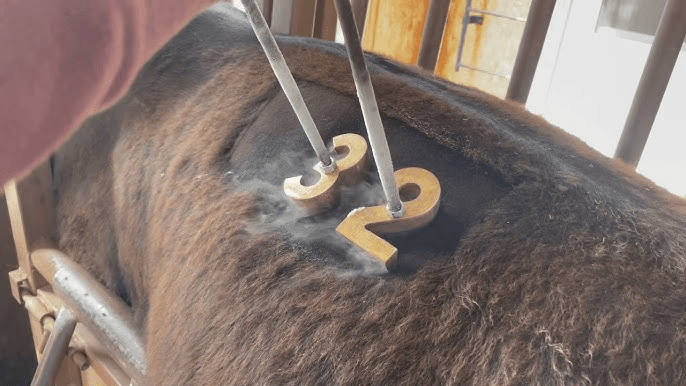Animal identification is a process used to identify and track specific animals. It is done for various reasons, including verifying ownership, controlling biosecurity, and tracking animals for research or agricultural purposes.
Proper identification of sheep and goats is important for keeping accurate farm records, ensuring they receive the right amount of nutrients, improving management practices, and providing individual care. It is also necessary for registering purebred animals and selecting breeding stock or animals for sale.
There are several systems for identification. Some methods, like stencils, are temporary and used until more permanent methods, such as tattooing, are implemented.
Read Also: Procedures and Methods of Animal Identification
The Different Methods of Animal Identification
1. Tattooing

Animals can be tattooed on any visible part of their skin, but the ear is preferred to avoid damaging the skin, which might be used for leather. The process involves making a series of pierced marks through the ear and rubbing in Indian ink. The necessary equipment includes:
- Lettering.
- Indian ink.
- Methylated spirits.
- Tattooing pliers.
- Records.
Procedure:
1. Place the letters or figures in the tattooing pliers and test them on paper.
2. Have an assistant hold the animal in a standing position.
3. Clean the ear of wax and dirt using methylated spirits.
4. Smear ink on the inside of the ear.
5. Line up the pliers between the ear’s blood vessels in the middle of the ear.
6. Squeeze the pliers with a quick, firm movement to penetrate the skin while the assistant restrains the animal.
7. Remove the pliers and rub more ink into the holes using a stiff brush.
Read Also: Guide to Identify the Disease Affecting your Ruminant Animals
2. Ear Tagging

Ear tagging involves attaching a small, often plastic, tag to the animal’s ear. The tag usually contains a unique identification number or code, which can include details like the farm name, animal’s birth date, or vaccination information.
Procedure:
1. Dip the tags and applicator in disinfectant.
2. Write the number on the tag before tagging.
3. Restrain the animal in a standing position.
4. Clean the ear with methylated spirits.
5. Clip the tag into the ear with the applicator, avoiding the ear veins.
6. Place the tag as close to the head as possible to reduce the risk of it being ripped off.
3. Ear Notching

Ear notching involves cutting small sections of the animal’s ear in specific patterns or locations to create a unique identification code. Many purebred breeders avoid ear notching as it affects the animal’s appearance. However, a simple notching system that is easy to read and interpret can be used.
For example, notches can be made in the top of the left ear (1), bottom of the left ear (10), end of the left ear (100), center of the left ear (1000), top of the right ear (3), bottom of the right ear (30), end of the right ear (300), and center of the right ear (3000).
Procedure:
1. Hold the animal by the head.
2. Use a pair of ear notchers to remove a V-shaped piece of tissue from the edge of the ear corresponding to the correct numbers.
3. Apply antiseptic to the notches.
In summary, identification methods include both temporary and permanent techniques, with tattooing, ear tagging, and ear notching being common practices. Tattooing involves piercing the ear and applying ink, while ear tagging uses numbered tags clipped to the ear.
Ear notching, though less favored by breeders due to its impact on appearance, involves cutting small notches in the ear to indicate specific numbers. Each method requires careful handling and application to ensure the health and safety of the animals.
Read Also: Feed and Nutrition Management for Cattle

